Following the footsteps of Disney's Beauty and the Beast, The Lion King was the next Disney animated film to be given a Broadway stage adaptation. Naturally, production took its main inspiration from the film and transferred it to the stage, but while they share a source material the stage production and the animated feature could not be a more different pair of animals.
RELATED: 10 Movie Soundtracks That Are More Popular Than the Movie
They share characters, dialogue, and a soundtrack by Elton John and Lebo M, but that's roughly about it. What separates the animated masterpiece from the award-winning musical? Find out as we explore the pride lands and look at ten differences between adaptations of Disney's The Lion King.
10 More Focus on African Themes
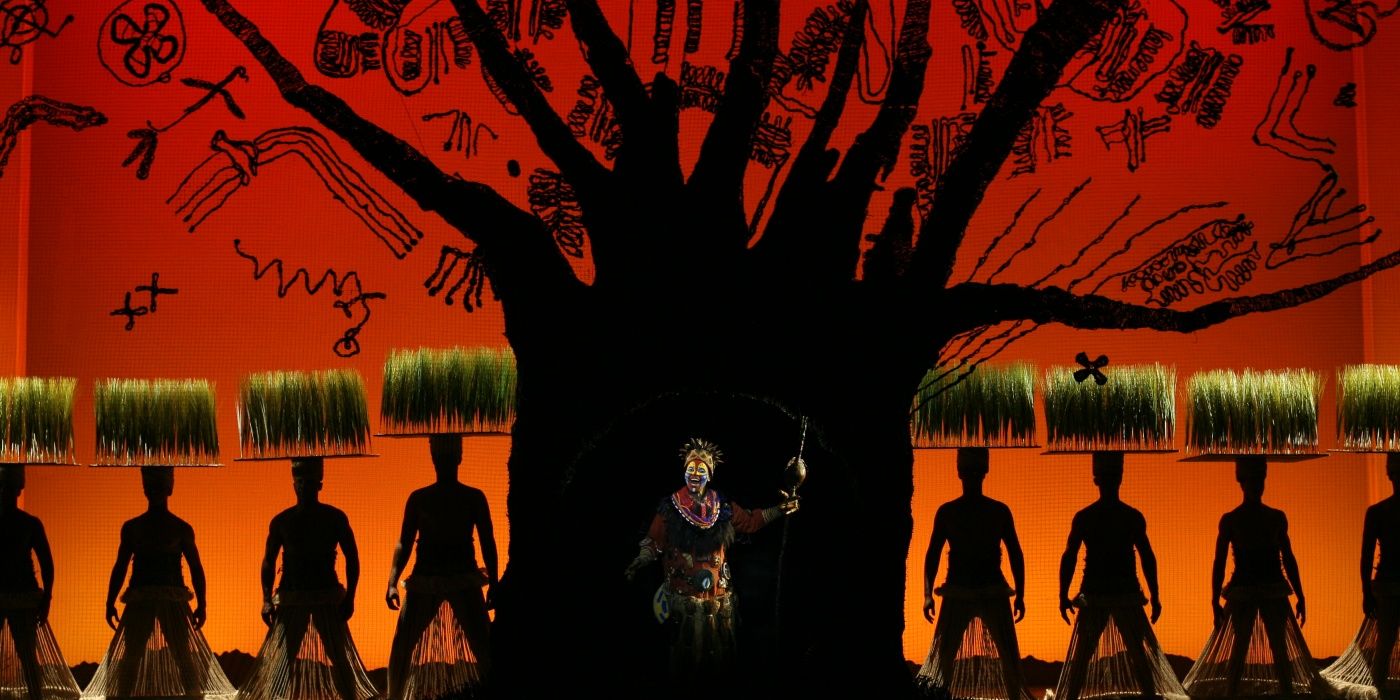
In the original animated film, the story is brought to life through use of color, character, and animated sequences. Onstage, there are similarities in the techniques used to tell the story of Simba and his journey to and from Pride Rock. But instead of relying on colorful animation and characters, the stage adaptation relies heavily on its beautiful African-inspired themes.
The musical's narrative is conveyed through the use of African masks, puppets, and even tribal dances all sharing the familiar motif of the animated film. The story is no doubt familiar but is presented in a unique and stylistic way that resembles a living art gallery. To say the show is beautiful is the understatement of the year.
9 Rafiki is a Female Lead
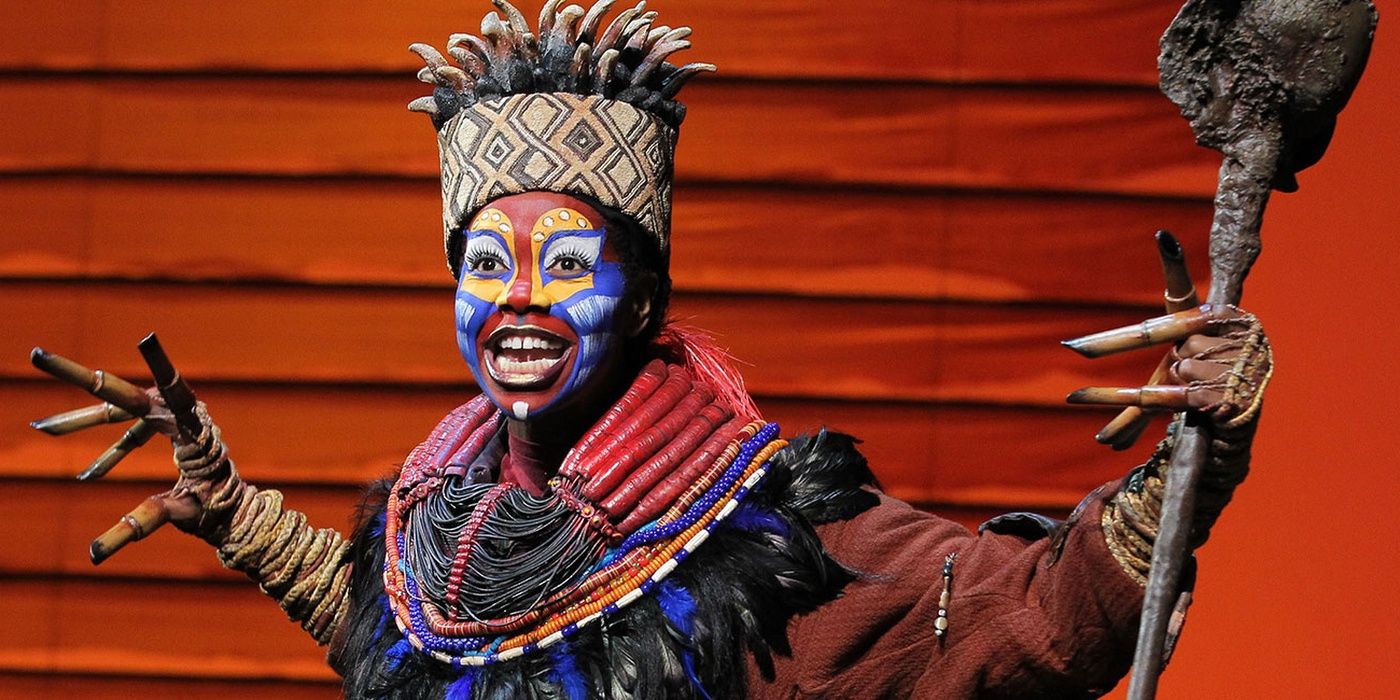
One of the biggest differences between the film and the play is that Rafiki, instead of being portrayed by a male actor, is portrayed by a female lead. This was a change made by the producers of the musical to better round out the cast due to the lack of female characters in the spotlight.
The role of Rafiki is one of the most iconic and recognizable characters in Broadway history, whether a male or female role. It's a role that requires incredible vocal prowess and unique emotional storytelling skills. Pair that demanding part with a costume that contains multiple pieces to convey the image of the mystical baboon and you've got quite the feat.
8 The Pridelands are Alive
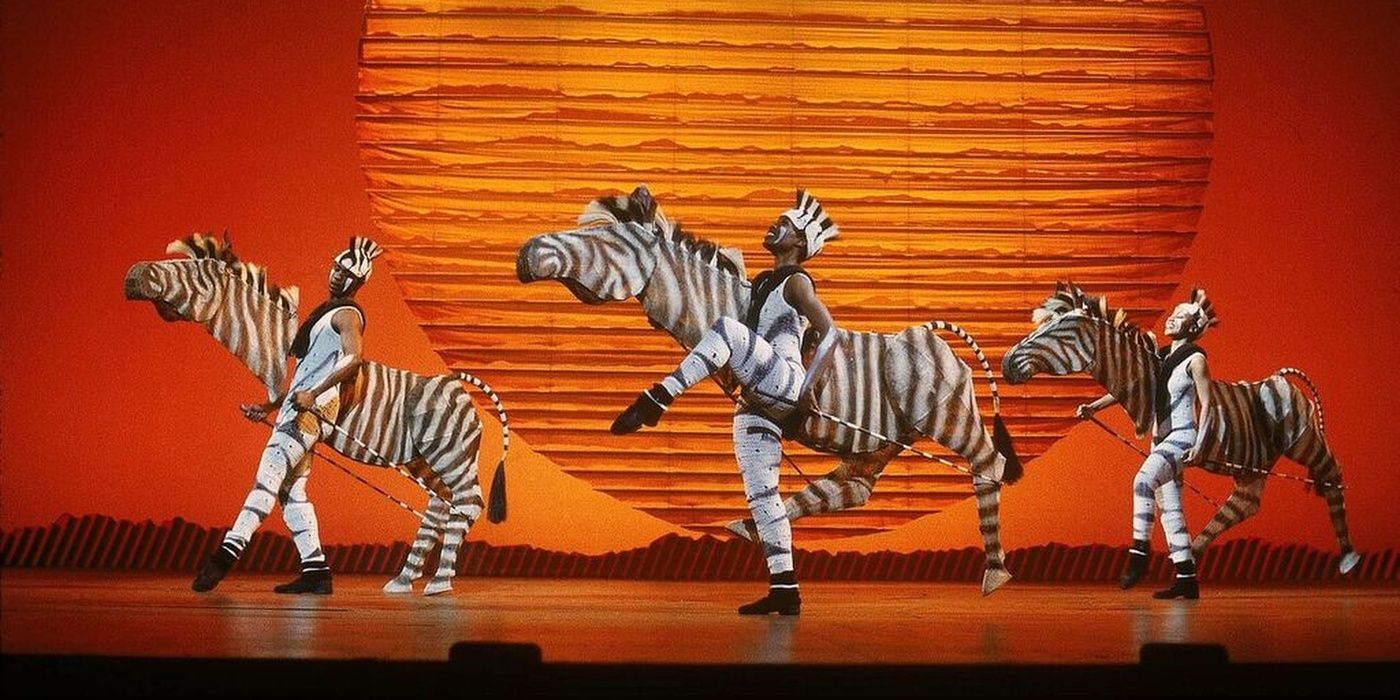
When we say the Pridelands in The Lion King are alive, we are by no means exaggerating. From the crawling ant to the leaping antelope, every element of the African Savanna has been made into a character through the use of costumes, kites, puppets, and masks. From the opening number to the finale ultimo, the stage is a living breathing thing.
This is a great way to fill out cast members, but it's also an impressive metaphor for Mufasa's main message " we are all connected in the great Circle of Life." There are actors playing cheetahs, gazelles, and wildebeests, but there are also actors portraying the grasslands, birds and the voice the Pridelands itself.
7 Additional Musical Numbers
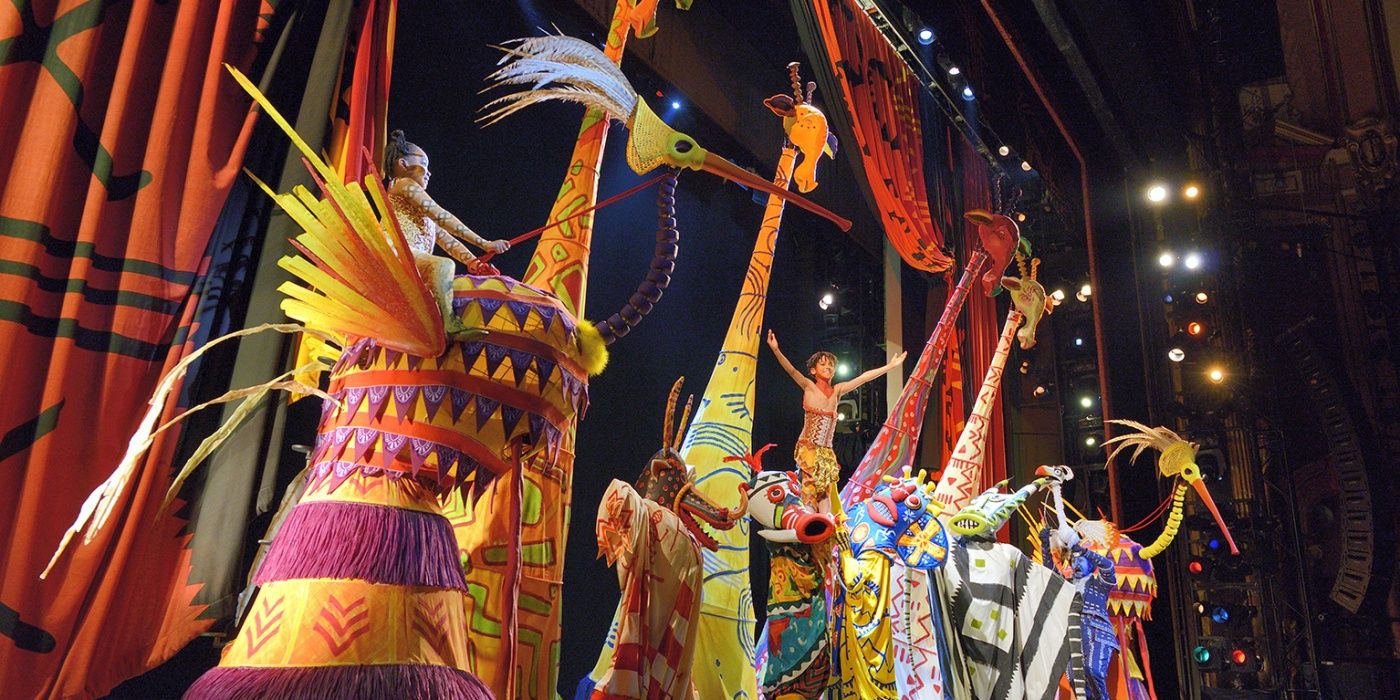
With any movie to stage adaptation, you're going to have a little extra thrown in for good measure. This has been true for many musicals like The Lion King, but that shouldn't keep you from being engaged. In fact, many of these additional numbers assist in the storytelling of the production.
Though there are certain numbers, like "The Morning Report," that are played for laughs for younger members of the audience, atmospheric sequences like "The Grassland Chant" and "The Lioness Hunt" are nothing short of astounding in their use of alternative storytelling. Definitely check out the YouTube videos If you don't believe us.
6 “Under the Stars” Sequence is Deeper
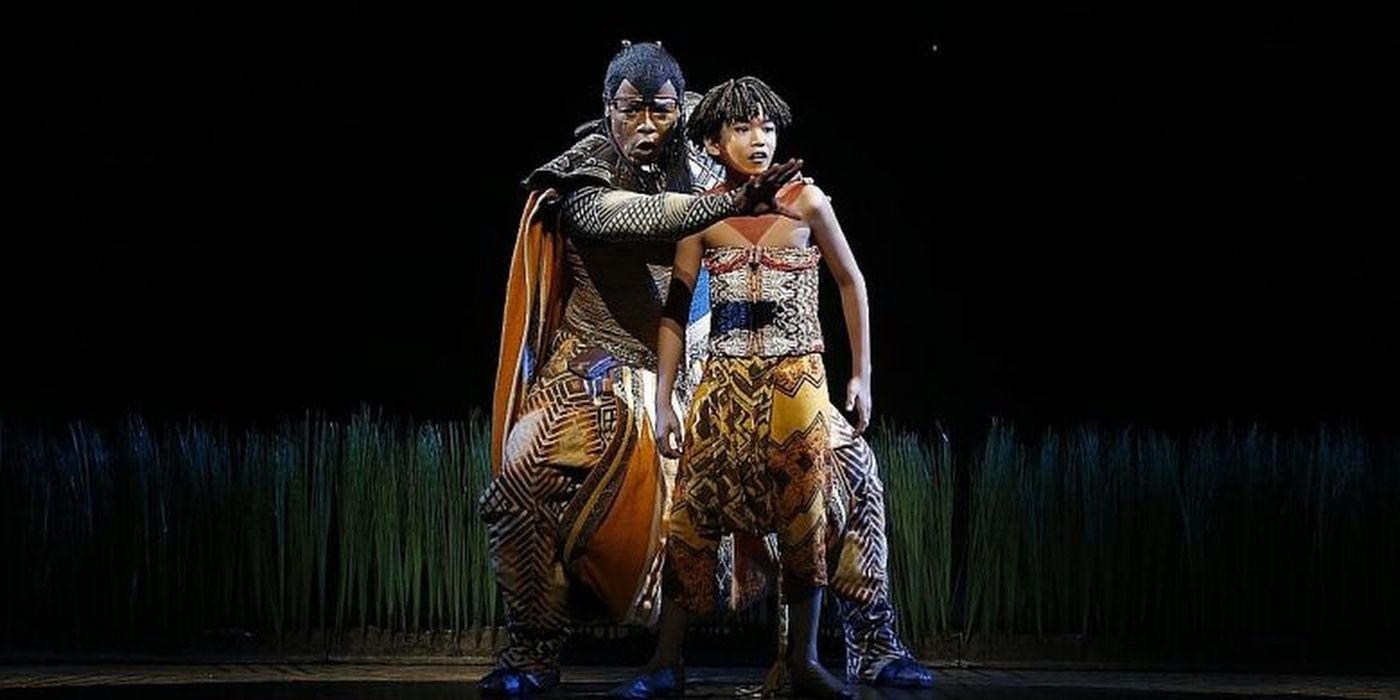
One of the most iconic sequences in the animated feature is Mufasa talking with Simba about the kings of the past under a beautiful blanket of stars. In the film, the sequence is very to the point about Mufasa's message of the lion afterlife. The musical, however, gives it a different take, much to its benefit.
Represented by the song "They Live in You," the musical turns this short but profound sequence of the animated film into something more spiritual and somewhat religious on a certain level. Aided by Rafiki, Mufasa's words and tone evoke something akin to African spiritual hymns. The song was so powerful in fact, it was featured in The Lion King II: Simba's Pride.
5 Scar is More Comedic
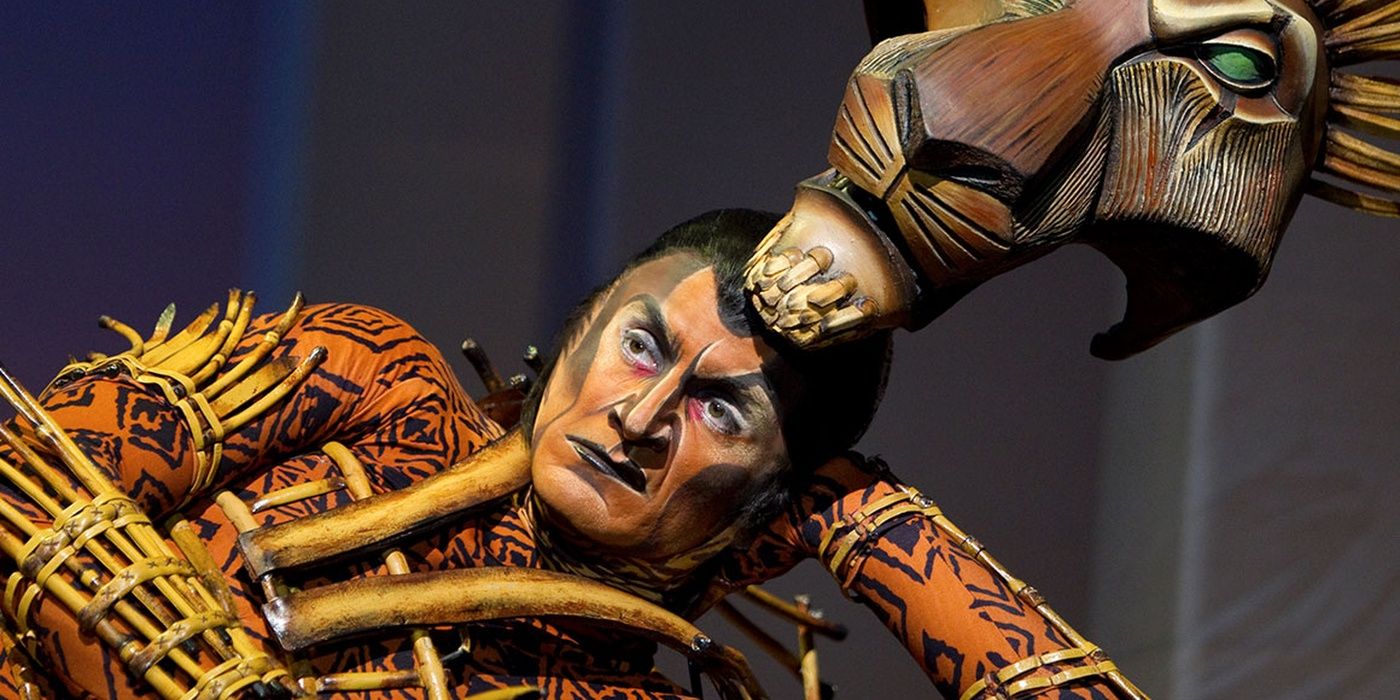
When it comes to Disney villains, Scar is definitely a top-tier character. He's just evil enough where he can be as likable as he is twisted. Given that the character was performed by the great Jeremy Irons, Scar already comes with a certain element of stage presence that the musical uses to a great extent.
That all being said, Scar is a touch more comedic in the stage version, but not to something along the lines of Prince John in Robin Hood. This mainly comes from the character's costume and mask, being one of the most complex pieces in the show. It takes a lot of energy to bring Scar to life, so one can expect a certain element of comedy and some the delivery
4 And Darker as Well
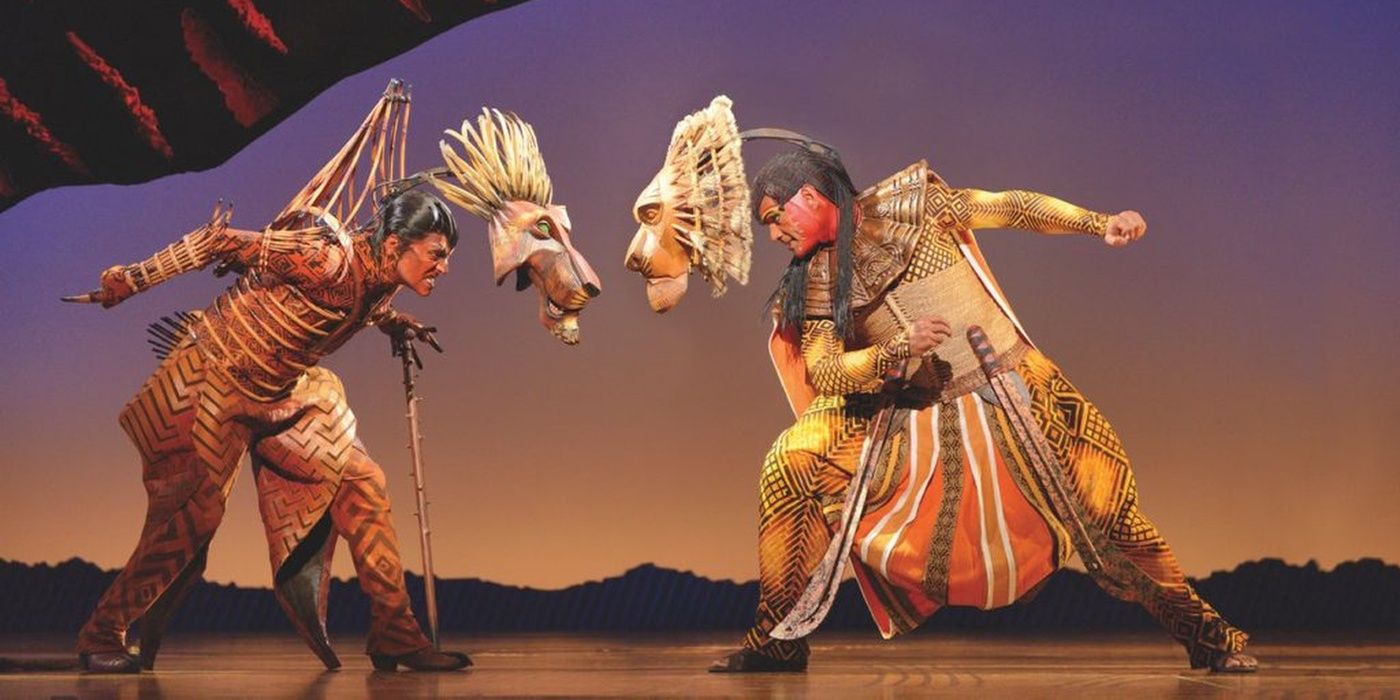
Jumping off the previous entry, just because Scar is a touch more comedic on stage than his movie counterpart that doesn't mean he isn't just as evil. In fact, a deleted scene from the original animated feature, one deemed too dark for Disney, made it into the stage adaptation as an entire musical number.
In "The Madness of King Scar" the lion has both a comedic mental breakdown and a sequence with Nala where he banishes her for rejecting his physical advances. That's some pretty heavy material for a musical based on a Disney movie, right? Either way, it definitely gives Scar a little extra bite.
3 We Get Time to Reflect with Simba
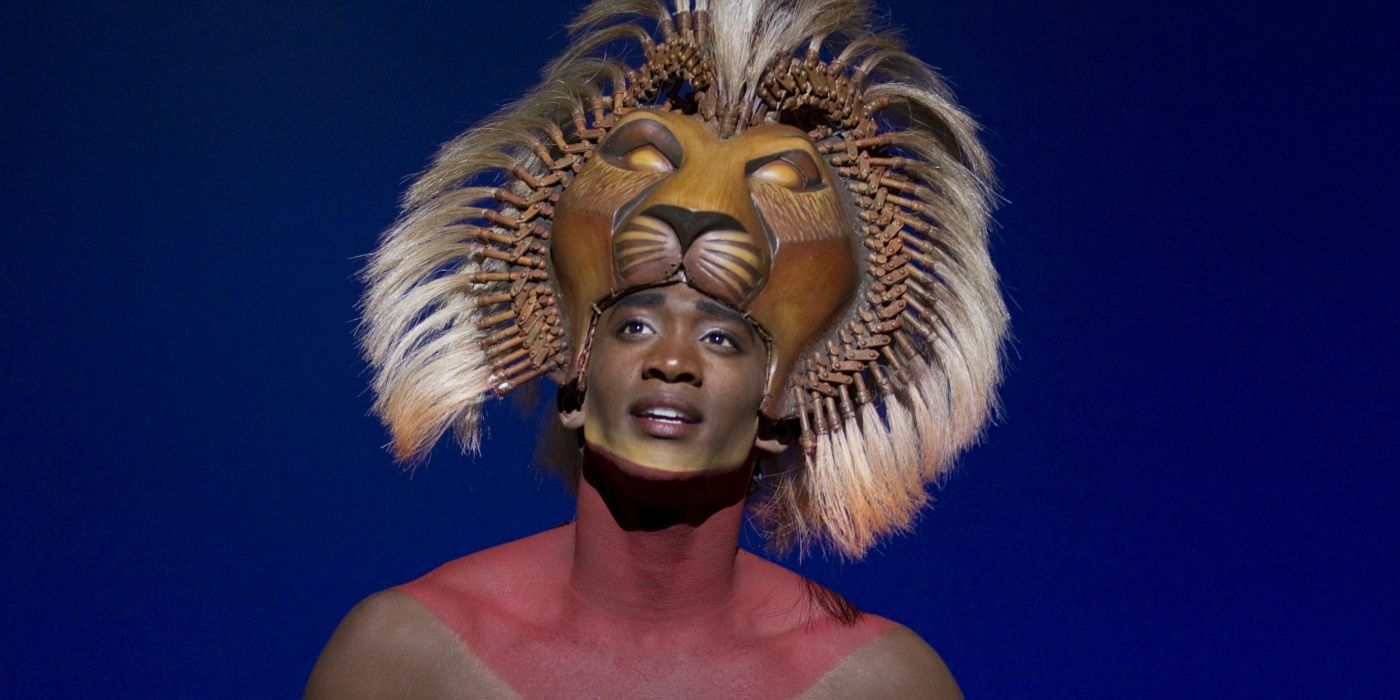
One of our favorite sequences in the musical involves a sort of inner monologue with Simba. In the film, Simba is going through guilt and self-doubt after Nala begs him to come back to the Pridelands. The musical expands on this into a more emotional sequence captured by the song "Endless Night."
Like "Be Prepared," "Endless Night" does what all great numbers in Broadway musicals, or musicals in general, need to do. It conveys what a character is feeling internally and emotionally through the use of music and song. We feel Simba's guilt, anguish, and doubt along with him which makes the appearance of Mufasa's ghost all that more emotional and relieving.
2 Several Subtle Script Changes
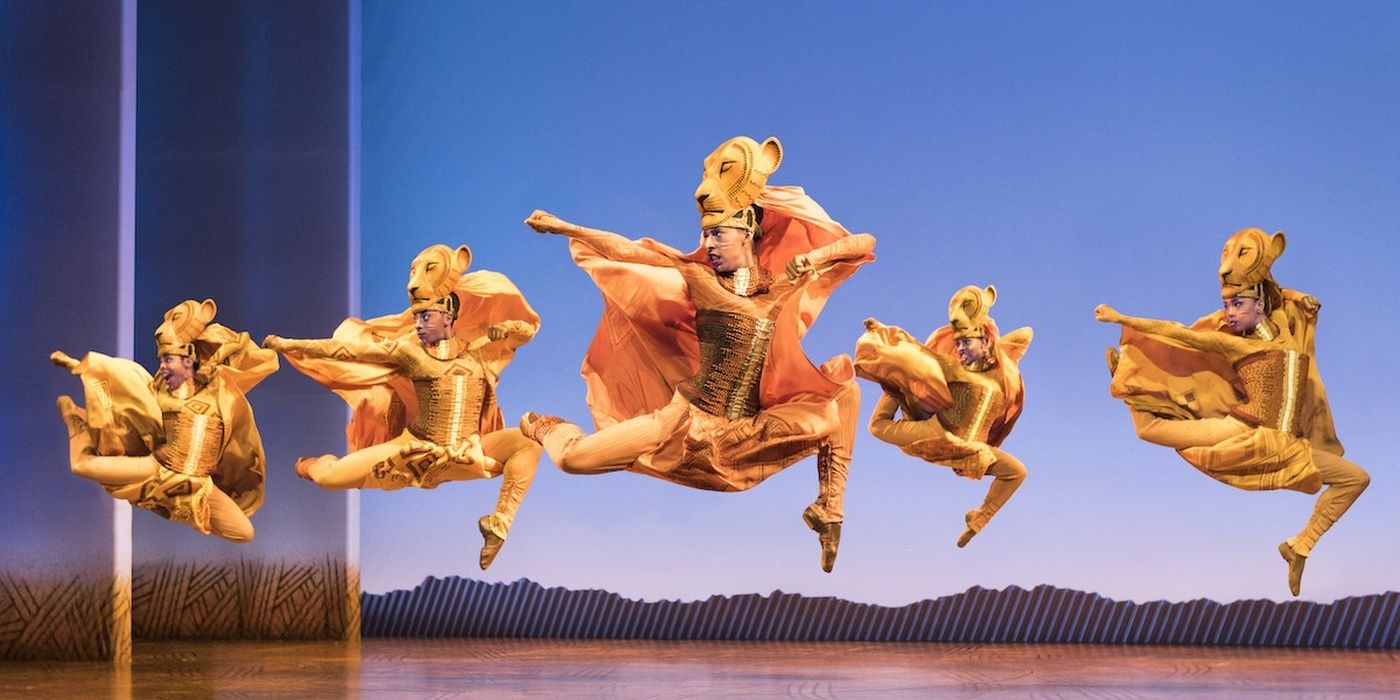
We've already mentioned different ways the musical adds different elements to the story to bring the tale to life. Music and dance are good examples, but there are also several subtle script changes that are used to either make the show longer or to provide more insight into the characters and the world they inhabit.
One good example is the "Lioness Hunt" sequence where Sarabi and her lionesses, portrayed by actresses in elaborate masks, chase down an antelope and its puppeteer. This sequence brings to life a touch of realism of the African Savanna, as well as giving us a peek into the world of Mufasa and his subjects. So it does not happen in the movie, it's still a visual treat.
1 Live Theater is an Overall Different Experience
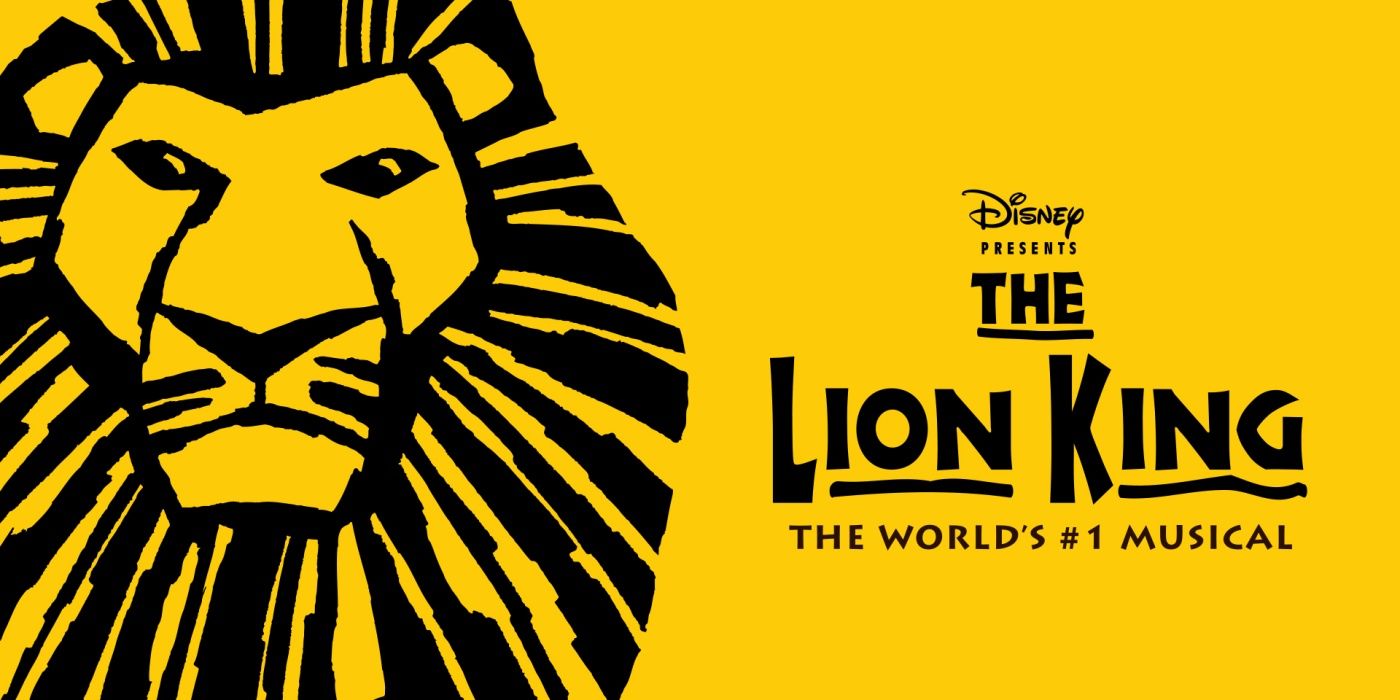
If you watch The Lion King on Disney+, you're going to see the same sequence over and over again no matter how many times you stream it. Once a film has been made and put to home video, there's no changing it. With live theater, it's a different story altogether.
With different productions of the show come different cast members, different musicians, different dancers, and different performances altogether. The Version in New York City might resemble the traveling production, but different elements bring different results in different showings. That's what sets aside a stage production from the motion picture. It's a different kind of magic.
from ScreenRant - Feed https://ift.tt/2TiGbH9

0 comments:
Post a Comment